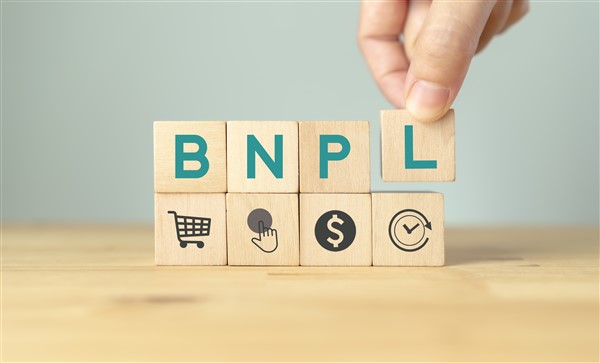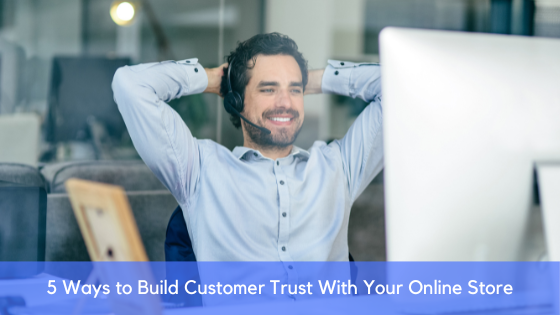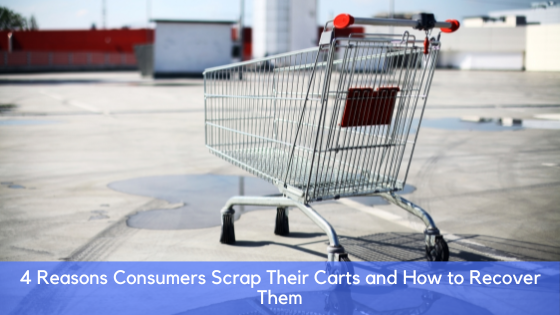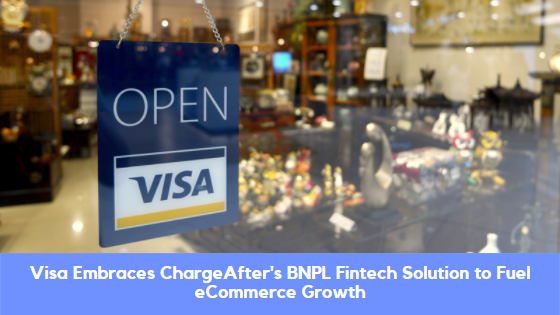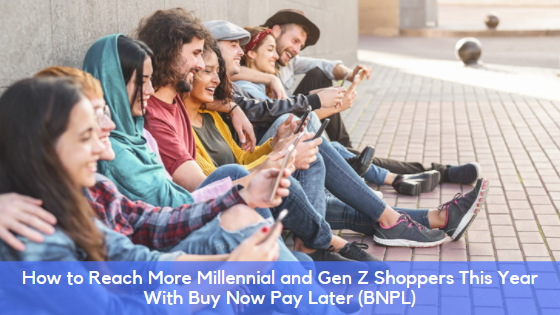Before ChargeAfter
During an interview with The Fintech BluePrint, Meidad Sharon, CEO of ChargeAfter, a top worldwide lending platform, discussed how ChargeAfter was founded and how the demand for consumer financing and BNPL drove him to build one of the best global financing platforms in the world. Meidad discusses how at the time he worked at SafeCharge Nuvei, the financing and payment market was in desperate need of a smart and quick platform for consumer financing. The right and effective strategy was therefore required to create the firm that would serve as a link between retailers, customers, and lenders and assist them all to have the best possible shopping and business experiences.
What was the best course of action? The key concerns at the time, according to Meidad, were identifying which methods would be successful and figuring out how to apply them. Which customer segment should you target, and how can you convince them to buy your products? How to move your business on the proper path and what the next steps are. The most important step after strategizing is to observe how your plan performs in practice and which market segments it affects. The solutions and the secret to success are revealed in the first results.
Why was ChargeAfter necessary
Meidad Sharon discussed the inspiration behind one of the greatest BNPL Fintech companies in the globe during an interview. Speaking about his experiences while working at SafeCharge between 2010 and 2016, he described how businesses requested consumer financing options like loans and credits to increase sales and the number of customers they had. The prior numbers were incredibly low because only a small portion of customers who were browsing internet shops made any purchases.
“Only 3% of the consumers that are reaching the website end up buying”, said Meidad during the interview.
Due to the rapid expansion of e-commerce and online stores, Fintech businesses have to be established to meet the demands of both customers and business owners. There were two key causes behind that, as Meidad stated. The ability to create a global lending platform to provide consumer financing, and secure payments, because fraud was on the rise, and give all parties the fastest shopping experience was made possible by two factors: first, the innovators became the mainstream on the market, and second, the customers became more sophisticated and demanding.
Meidad responded that the payment is always the end of the tunnel in whatever type of business when asked why he picked the consumer financing and BNPL fields. Retailers, customers, and lenders are the three main parties that make up a global lending or financing platform. One of these parties constantly creates market opportunities, giving financing platforms the chance to expand while also assisting other businesses, from local to global ones, to achieve success. According to Meidad, the path was challenging but intriguing because it took time to develop the best platform, and using Visa and Mastercard’s features and services was essential to resolving issues and making the platform the market leader.
How has it started
Meidad also discussed the origins of the business and the first stages of success. ChargeAfter launched quickly to receive the first reviews since it combined financing expertise with experience working with various customers and merchant types. As he previously stated, the initial experience was quite exciting, the business was focused on the market and the requirements of retailers and customers. The next stage was to develop the product in light of feedback from the initial phases and expand the distribution of the service to new customers and lenders.
Where is ChargeAfter Now?
Meidad talked about the challenges ChargeAfter faced and the current difficulty they are working on. The majority of financing platforms were still rejecting 70 percent of applications. There were so many consumer financing choices, such as loans and installment payments, accessible on the market. There wasn’t a platform that would offer every customer the same service due to the various local restrictions that apply in various nations. As he noted, the majority of funding platforms just addressed specific aspects of problems, like prime consumers problems in the US, or near-prime credits in Canada, rather than the root causes.
“There are great lenders out there, but the market is disconnected, each lender is solving the part of the puzzle, but not all the puzzle.”, stated Meided Sharon during an interview.
Therefore, there was a critical need for a consumer financing platform that would link lenders and merchants so they could provide various forms of retail credit or Buy Now Pay Later services to the public, allowing ChargeAfter to expand its loan rate from 20 to 80 percent. It was crucial to be able to assist clients from various locations while ensuring that they received the consumer financing they required. These were the driving forces for the creation of ChargeAfter, which allowed him to use the greatest features of each lender, provide customers a far higher chance of approval in BNPL, and provide retailers with the best ways to boost sales and maximize AOV (Average Order Value).
This led to the creation of ChargeAfter, the market leader in consumer financing, which has reputable lenders and allows the financing platform to provide diverse services to retailers and customers so they may obtain BNPL loans with the payment plans of their choice. As Meidad has stated, he intends to raise the number of lenders to 70 by the end of this year and is already extremely near that goal.
The entire spectrum is currently covered by ChargeAfter. Different BNPL white label services, card installments, visa installments, and non-card choices are provided by lenders. working with major financial institutions like Citizens Bank or Wells Fargo, the US leasing companies, and offering business financing to businesses. Each customer can thus choose from offers that are relevant to them.
Economics of ChargeAfter
Meidad also discussed the business’s economics and the source of its income. He compared ChargeAfter’s actions to what Visa and MasterCard accomplished decades ago, when they connected all the banks in one place and enabled the use of a single card for a variety of services. ChargeAfter is doing the same by linking lenders with the merchants. It is charging lenders platform fees based on transaction volume in order for them to use the financing platform of ChargeAfter and maintain connections with numerous merchants across the world.
How does it Work
ChargeAfter’s financing platform is simple to use for retailers thanks to integrated systems on websites. They only need to download it and use it in their stores. Additionally, it is simple for the customers because they just need to complete the application once, and the system will match them with the best lender. The platform’s responsibility is to offer them a safe and appropriate solution to all BNPL regulations and limitations.
To accommodate the growing number of customers, the system must also be modern and functioning effectively. To be secure and up to date, the corporation invests heavily in it and tests it every month.
Upcoming Trends
The CEO also discussed future trends in the industry. According to Maided, they can predict what would happen based on the statistics they have. There are two major market trends on the horizon. First, there is an increase in loan demand. To fulfill their needs and overcome obstacles, consumers will want more credit. In the future, more consumers will seek consumer finance since BNPL white label services will be increasingly necessary for the clients as the cost of goods and services rises daily.
Second, because lenders would have stricter loan requirements, the availability of credit will be difficult. The same thing occurred during the COVID-19 pandemic when loan approval was cut in half. According to Meidad, the same scenario will occur, and certain loan organizations will either exit the market or fail to adapt to the new trends.
ChargeAfter will play a crucial role in preserving the relationship between lenders and retailers so that consumers may still choose from a choice of BNPL options for their consumer credit. However, to qualify as prime clients and receive prime offers from the financing platform, customers must maintain the highest possible credit ratings.
Meidad Sharon concluded by saying that the ChargeAfter worldwide loan platform will continue to function as a connecting network to aid customers and retailers in getting through this time.
Want to learn more? Reach out to us here.

